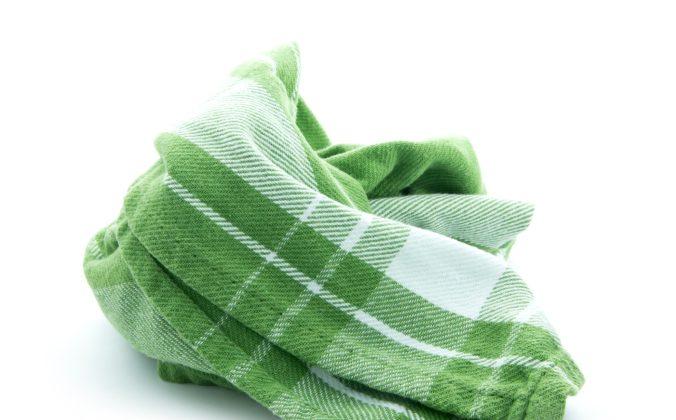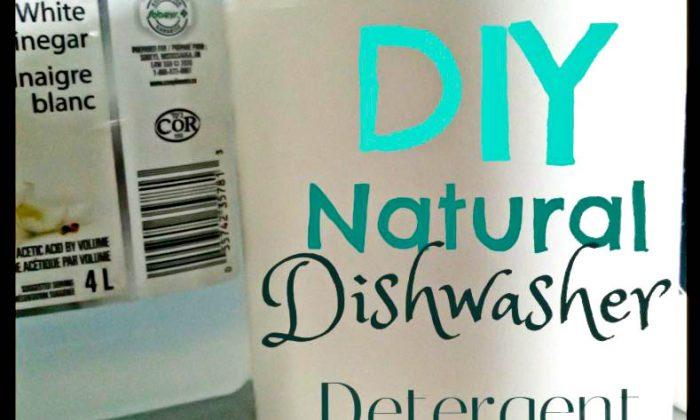Nobody wants a sunburn. At least I don’t think they do. Let’s go on the assumption that they don’t and that nobody wants to rub toxic chemicals on his or her body either.
Now that summer is in full swing here in Nova Scotia, Canada, and my daughter is old enough to play in the yard and at the beach, I have to consider some sort of protection from the sun for the first time. Last year she was under 6 months old and wasn’t allowed to wear sunscreen, so unfortunately we missed a lot of summertime activities. I am all about the sun this year!
There are a few things to consider about avoiding over-exposure to our star other than just slathering on some SPF.
1. The sun is actually good for us. It’s how our body gets it’s vitamin D, which is important for bone and tooth health.
3. You can avoid over-exposure by limiting time spent in the sun during the peak hours of the day when the sun is the hottest and by covering up with light clothing, umbrellas and hats. Save sunscreen for when you can’t avoid it like at the beach or playing at the park.
I’m no scientist, so I won’t blather on about the toxicity of ingredients or cancer. I will, however, include some links at the bottom of this post for you to look at if you want to know more information. And yes, I have used this sunscreen on myself, my husband, and my daughter at the park, the beach, and even the lake while swimming. You probably should reapply after excessive sweating or swimming, but this stuff does hold up really well. And most importantly… it really works! No sunburns at all this summer, not even close.
Ingredients:
- 3 Tbsp Shea Butter (nourishes skin and has a natural SPF of about 5)
- 2 Tbsp Coconut Oil
- 1 tsp Vitamin E Liquid (good for your skin and is a natural preservative)
- 4 tsp Zinc Oxide Powder* (to give you 20-25 SPF) (make sure to use non-nano** – no less than 100 nm)
- 10-20 drops Essential Oil – optional (don’t use citrus oils, they can increase sun sensitivity)
Method:
Gently melt the shea butter and coconut oil in a double boiler until just softened. Remove from heat and stir in the vitamin E and essential oils. When working with zinc oxide you must be careful not to breathe in the powder. Wear a dust mask or tie a towel around your mouth and nose if it you like. Stir everything together until well mixed and pour into a glass jar with a tight fitting lid. I like to give the jar a shake every once in a while as it cools to make sure everything stays incorporated. This recipe makes a nice thick lotion that holds up pretty well in warm temperatures but it’s OK if it melts a bit. ...





